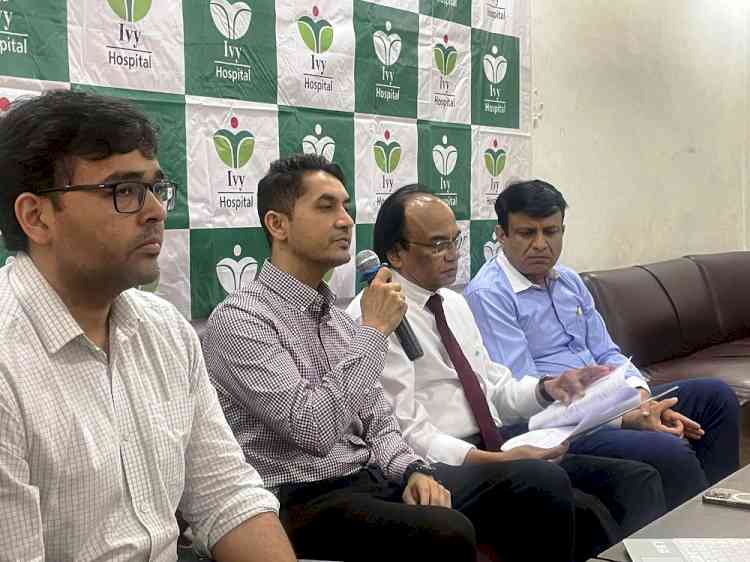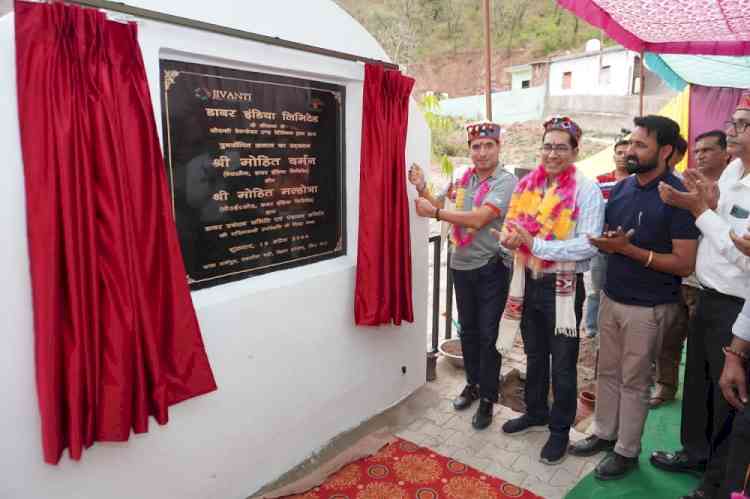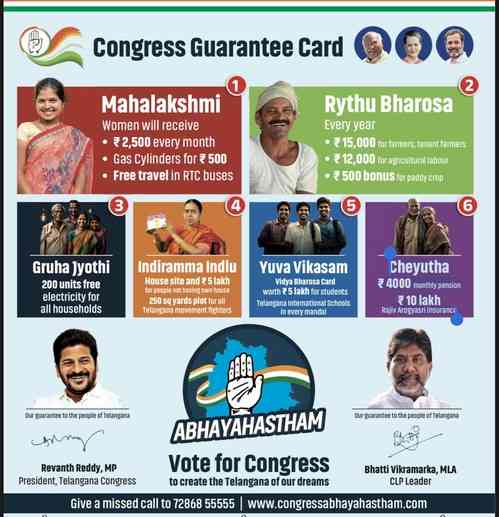Defence Reform: The reality is the economy (Comment: Special to IANS)
Defence Minister Ashok Jaitley's first media briefing during the naval commanders conference in Delhi was a disappointment. He divulged no details about policy or procurement, waved away uncomfortable questions and left. But there was some...

Defence Minister Ashok Jaitley's first media briefing during the naval commanders conference in Delhi was a disappointment. He divulged no details about policy or
procurement, waved away uncomfortable questions and left. But there was some comfort for the Indian military brass.
For one, the BJP is promising more and regular interaction. Calender dates have reportedly been set aside at the highest level of the civilian leadership that includes meetings, individually or collectively, with the prime minister.
There's also buzz that officers from the armed forces could end up manning joint secretary level positions in the defence ministry - the idea being that such an officer is far better qualified to offer specialist advice to the defence secretary rather than a civilian bureaucrat.
This arrangement, it is argued, would give substance to the permanent chairman of the Chiefs of Staff Committee since he would be the person offering "single point"
advice to the government on military/strategic matters. It also means that the defence secretary and the permanent chairman will be working together, although there are doubts on this score: The permanent chairman would outrank the defence secretary although
it's the latter who is constitutionally mandated with the defence of India!
Those close to BJP thinking on these issues and defence sources say the catch word is to "make haste slowly". The new government has much on its plate and
organizational changes need to be thought through in detail. This applies even more so in the case of the defence PSUs. While the navy is fortunate to have its
own officers heading shipyards, in the case of the air force and army, this is not so.
This is especially acute in the case of the air force and Hindustan Aeronautics (HAL). Although HAL is mandated to meet the operational requirements of the air force, the deputy chief of air staff is only an "invitee with no voting rights" at HAL board meetings where crucial decisions are taken. While it is
nobody's case that HAL be headed only by a pilot, their absence in areas where they can offer specialist advice is odd.
The air force appears to be pushing hard to remedy that situation. The buzz is that the names of a few officers of air marshal rank have been forwarded to the defence ministry in the hope they could fill senior managerial positions in HAL (incidentally, the current HAL chairman's tenure runs out in January 2015). The only problem is the appointment rules weigh heavily against the air force.
As a senior officer remarked: "The rules were amended to ensure that only air marshals with five years of residual service could apply for HAL Chairman. At that
rank our air marshals are heading towards retirement."
Clearly, the rules need to be changed. The air force appears to have got some assurances from the civilian leadership on that score, although the proof of the
pudding is in the eating.
The point the air force brass is making is that while they are "married to HAL", India's only aircraft maker is unable to deliver on time. The Tejas LCA programme
is delayed as infrastructure is not yet in place at HAL. HAL says it is confident of being able to ramp up production from three to four aircraft to eight within a short span of time. The air force has its doubts and expects the LCA to happen only in 2018. The fifth generation fighter programme is in trouble after HAL
surrendered its 30 percent work-share to the Russians citing its inability to meet deadlines.
At the same time, HAL is insisting on going ahead with its own basic flying trainer project when the air force has procured the Pilatus and wants HAL to make it locally. HAL's Sitara intermediate jet trainer project limps along with an underpowered Russian engine with a life of only 300 hours. This has forced the air
force to continue with the aging Kiran even as it complains of the uneven quality of flying training its pilots are receiving.
The army is in no better shape with little clarity on the long-delayed M777 lightweight artillery procurement. The Future Infantry Combat Vehicle could take at least three years to enter production while the upgrade of the BMP-2 may take another decade. Field trials are underway for an infantry assault rifle to replace the INSAS but the search for a close quarter carbine remains stuck.
But with only a marginal increase in the defence budget likely, procurement will be slow. The military is hoping that projects already approved will take off.
These include aerial refuellers for the air force, ans probably even the Rafale fighter (if the price negotiations can be concluded); helicopters for the army and mine countermeasures vessels for the navy. The rest will have to wait until the economy takes off.
(Surya Gangadharan writes on defence issues. The views expressed are personal. He can be contacted at [email protected])

 cityairnews
cityairnews 















